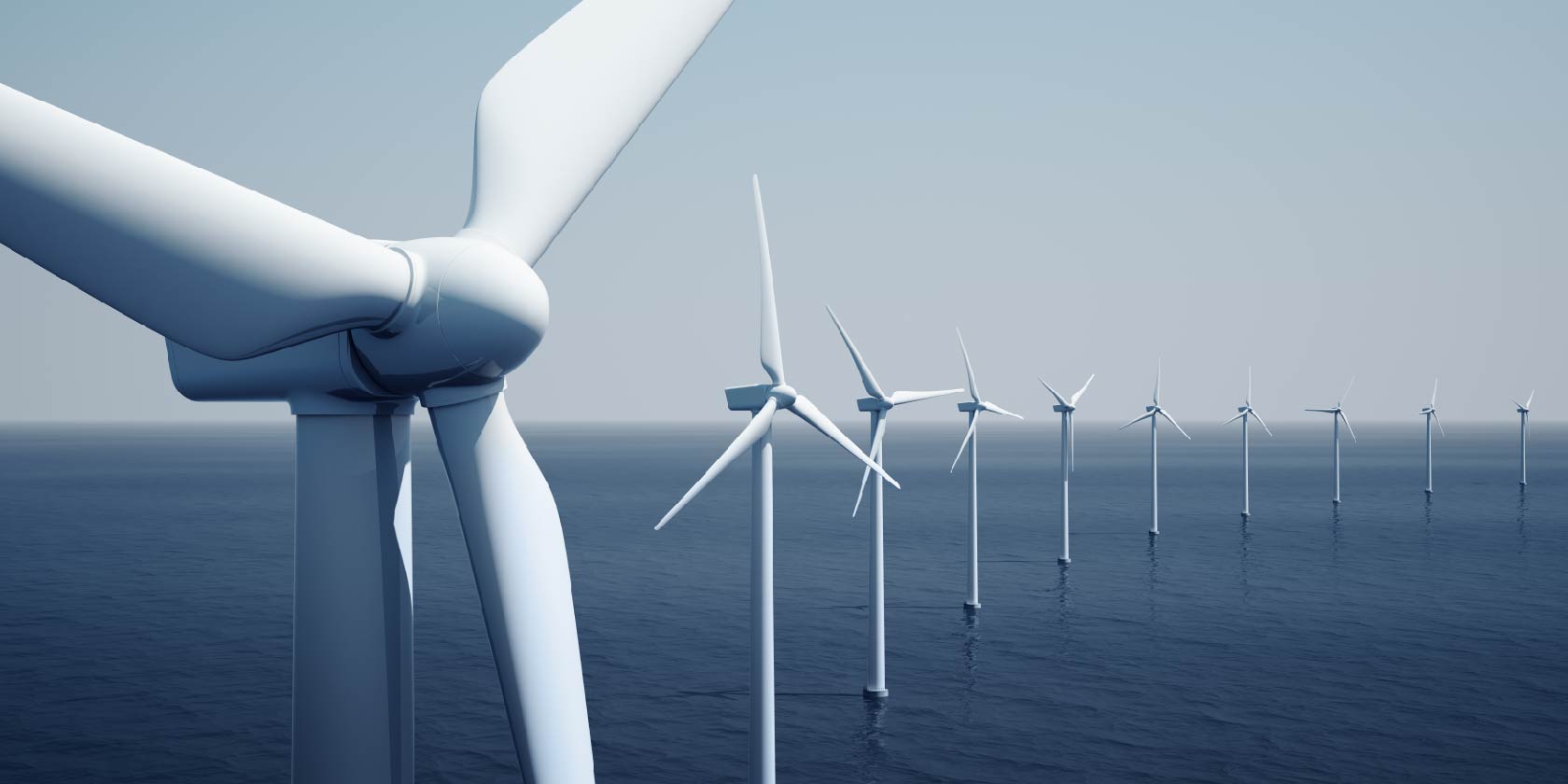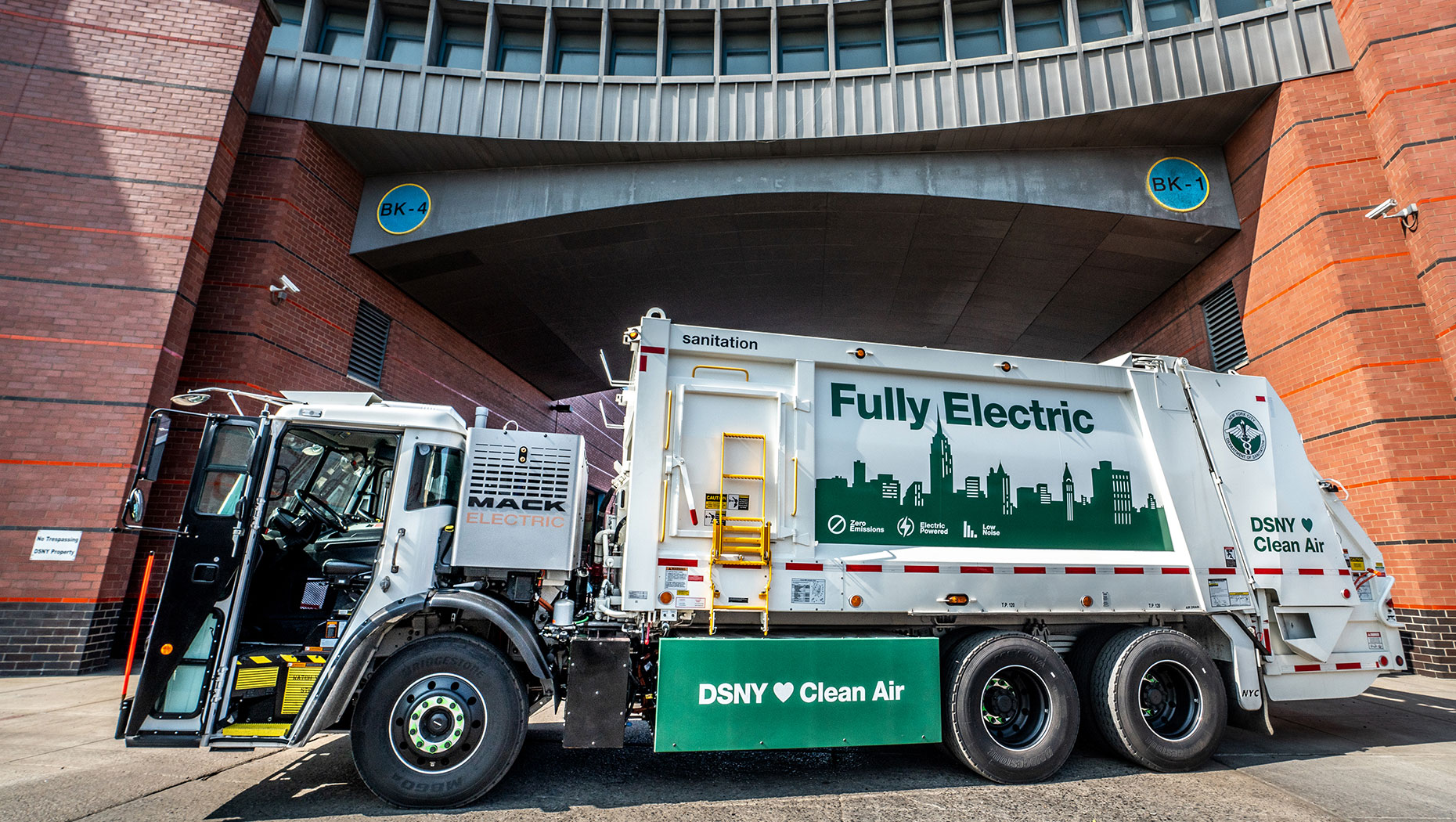Report on a Novel Circularity Solution for Wind Turbine Blades
1.0 Executive Summary
A significant technological advancement has been achieved within the CETEC project, yielding a new chemical process that enables full circularity for epoxy-based wind turbine blades. This innovation allows for the recycling of blade materials without requiring alterations to their existing design or composite structure. A strategic partnership has been formed to commercialize this process, aiming to establish a comprehensive circular economy for the wind energy sector and significantly advance several United Nations Sustainable Development Goals (SDGs).
2.0 Alignment with Sustainable Development Goals (SDGs)
This initiative directly supports and accelerates progress toward key SDGs:
- SDG 12 (Responsible Consumption and Production): The core achievement is the creation of a circular value chain for turbine blades, transforming end-of-life materials from waste into valuable resources. This directly addresses targets for reducing waste generation through recycling and reuse.
- SDG 9 (Industry, Innovation, and Infrastructure): The development of this novel chemical disassembly process represents a critical industrial innovation. It enhances the sustainability of renewable energy infrastructure, making the industry more resilient and environmentally sound.
- SDG 7 (Affordable and Clean Energy): By resolving a major end-of-life challenge for wind turbines, this solution strengthens the overall sustainability profile of wind power, further solidifying its role as a cornerstone of global clean energy transitions.
- SDG 17 (Partnerships for the Goals): The project exemplifies a multi-sectoral partnership, uniting a technology developer (Vestas), a recycling specialist (Stena Recycling), and a material manufacturer (Olin) to achieve a common sustainability objective.
3.0 Project Details and Strategic Partnership
The operationalization of this breakthrough is being managed through a newly established value chain. The key stakeholders and their roles are outlined below:
- Vestas: Leading the initiative to scale the chemical process from a pilot phase to a full commercial solution.
- Stena Recycling: A leading Nordic recycling company providing essential support and expertise for the new value chain.
- Olin: A global epoxy manufacturer contributing material science expertise to ensure the integrity and viability of the process.
4.0 Future Outlook and Commercialization
The primary focus is now on scaling the chemical disassembly process to achieve commercial maturity. Upon successful implementation, the solution will create a circular pathway for the entire fleet of epoxy-based turbine blades, including those currently in operation and all future installations. This marks the beginning of a true circular economy for a critical component of the renewable energy industry, ensuring that wind power generation becomes more sustainable throughout its entire lifecycle.
1. Which SDGs are addressed or connected to the issues highlighted in the article?
SDG 7: Affordable and Clean Energy
- The article discusses wind turbine blades, which are a critical component of wind energy, a key source of clean and renewable energy. Making the lifecycle of these blades sustainable contributes to the overall viability and environmental friendliness of clean energy infrastructure.
SDG 9: Industry, Innovation, and Infrastructure
- The text highlights a “breakthrough” and a “new chemical process,” which directly relates to innovation. The effort to scale this process into a “commercial solution” for recycling turbine blades is an example of upgrading industrial processes and infrastructure to be more sustainable.
SDG 12: Responsible Consumption and Production
- The core theme of the article is the creation of a “circular economy” for turbine blades. This directly addresses responsible production patterns by focusing on recycling and eliminating waste from epoxy-based blades, moving away from a linear take-make-dispose model.
SDG 17: Partnerships for the Goals
- The article explicitly mentions the formation of a “newly established value chain, supported by Nordic recycling leader Stena Recycling and global epoxy manufacturer Olin” in partnership with Vestas. This collaboration is a clear example of a multi-stakeholder partnership to achieve a sustainability goal.
2. What specific targets under those SDGs can be identified based on the article’s content?
-
SDG 7: Affordable and Clean Energy
- Target 7.2: By 2030, increase substantially the share of renewable energy in the global energy mix. The innovation supports the long-term sustainability and expansion of wind energy by addressing the end-of-life waste problem, making the infrastructure more environmentally sound.
-
SDG 9: Industry, Innovation, and Infrastructure
- Target 9.4: By 2030, upgrade infrastructure and retrofit industries to make them sustainable, with increased resource-use efficiency and greater adoption of clean and environmentally sound technologies and processes. The development of a “new chemical process” for recycling blades is a direct effort to adopt an environmentally sound technology to make the wind energy industry more sustainable.
-
SDG 12: Responsible Consumption and Production
- Target 12.5: By 2030, substantially reduce waste generation through prevention, reduction, recycling and reuse. The project’s entire purpose is to create a recycling solution for turbine blades, which directly aims to reduce a significant industrial waste stream.
- Target 12.2: By 2030, achieve the sustainable management and efficient use of natural resources. By making epoxy-based materials from old blades reusable, the process promotes a circular economy, which is a key strategy for the efficient use of resources.
-
SDG 17: Partnerships for the Goals
- Target 17.17: Encourage and promote effective public, public-private and civil society partnerships. The article describes a private-sector partnership between Vestas, Stena Recycling, and Olin to create a new value chain, exemplifying this target.
3. Are there any indicators mentioned or implied in the article that can be used to measure progress towards the identified targets?
-
For Target 9.4 and 12.5:
- Implied Indicator: The amount or percentage of epoxy-based turbine blade waste that is successfully recycled. The article’s goal to “signal the beginning of a circular economy for all existing, and future epoxy-based turbine blades” implies that progress will be measured by the volume of blades diverted from landfills and processed through this new chemical method.
-
For Target 12.2:
- Implied Indicator: Resource efficiency of the new value chain. While not quantified, the success of the “circular” process would be measured by the amount of raw epoxy material recovered and reused, reducing the need for virgin materials.
-
For Target 17.17:
- Mentioned Indicator: The existence and operationalization of the partnership. The article states the creation of a “newly established value chain, supported by Nordic recycling leader Stena Recycling and global epoxy manufacturer Olin.” The functioning of this value chain is a direct indicator of the partnership’s progress.
4. Create a table with three columns titled ‘SDGs, Targets and Indicators” to present the findings from analyzing the article. In this table, list the Sustainable Development Goals (SDGs), their corresponding targets, and the specific indicators identified in the article.
| SDGs | Targets | Indicators (Mentioned or Implied) |
|---|---|---|
| SDG 7: Affordable and Clean Energy | 7.2: Increase substantially the share of renewable energy in the global energy mix. | Development of sustainable practices (blade recycling) that support the long-term viability and expansion of the wind energy sector. |
| SDG 9: Industry, Innovation, and Infrastructure | 9.4: Upgrade infrastructure and retrofit industries to make them sustainable…and adopt clean and environmentally sound technologies. | Adoption of the “new chemical process” for recycling blades at a commercial scale. |
| SDG 12: Responsible Consumption and Production | 12.5: Substantially reduce waste generation through…recycling and reuse. | Percentage of end-of-life turbine blades recycled through the new process. |
| SDG 12: Responsible Consumption and Production | 12.2: Achieve the sustainable management and efficient use of natural resources. | Amount of epoxy material recovered and reused, reducing the need for virgin resources. |
| SDG 17: Partnerships for the Goals | 17.17: Encourage and promote effective…public-private and civil society partnerships. | The establishment and operation of the value chain partnership between Vestas, Stena Recycling, and Olin. |
Source: vestas.com







